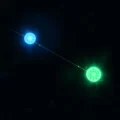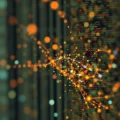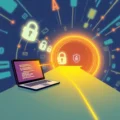Imagine a digital realm where the locks on every secret compartment suddenly vanish. Your private conversations, financial records, and sensitive data – exposed to the digital breeze. This isn’t just a scene from a dystopian thriller; it’s the chilling hypothetical scenario: What If Quantum Computers Broke All Encryption?
For decades, the digital world has relied on incredibly complex mathematical puzzles to keep our data safe. Algorithms like RSA and those underpinning TLS/SSL (which give you the little padlock in your browser) are the bedrock of online security. They work by using mathematical problems that are extremely difficult and time-consuming for even the most powerful classical supercomputers to solve. Think of it like trying to find the two prime numbers that multiply to a gigantic number – a seemingly simple task in one direction (multiplication), but incredibly hard in reverse (factorization) when the numbers are huge.
But what if there was a new kind of machine, one that could solve these ‘hard’ problems with astonishing speed?
Before we dive deeper into this fascinating and slightly terrifying possibility, take a moment to wrap your head around the core idea. We put together a quick explainer:
Table of Contents
Understanding the Pillars of Today’s Encryption
Our current digital security relies heavily on two main types of cryptography:
Symmetric Encryption: Uses the same key for both encrypting and decrypting data. Examples include AES. It’s fast and efficient for encrypting large amounts of data, but the challenge is securely exchanging the key between parties.
Asymmetric (Public-Key) Encryption: Uses a pair of keys: a public key for encryption (or verifying signatures) and a private key for decryption (or creating signatures). RSA, Diffie-Hellman, and Elliptic Curve Cryptography (ECC) are prime examples. This type is crucial for securely exchanging those symmetric keys or for digital signatures and authentication without ever needing to share a secret directly. It’s the foundation of secure communication over insecure channels, like the internet.
The security of asymmetric encryption rests on the computational difficulty of certain mathematical problems. For RSA, it’s the integer factorization problem. For Diffie-Hellman and ECC, it’s the discrete logarithm problem. Classical computers, no matter how powerful, would take billions of years to solve these problems for sufficiently large key sizes, making them effectively impossible to crack through brute force in a usable timeframe.
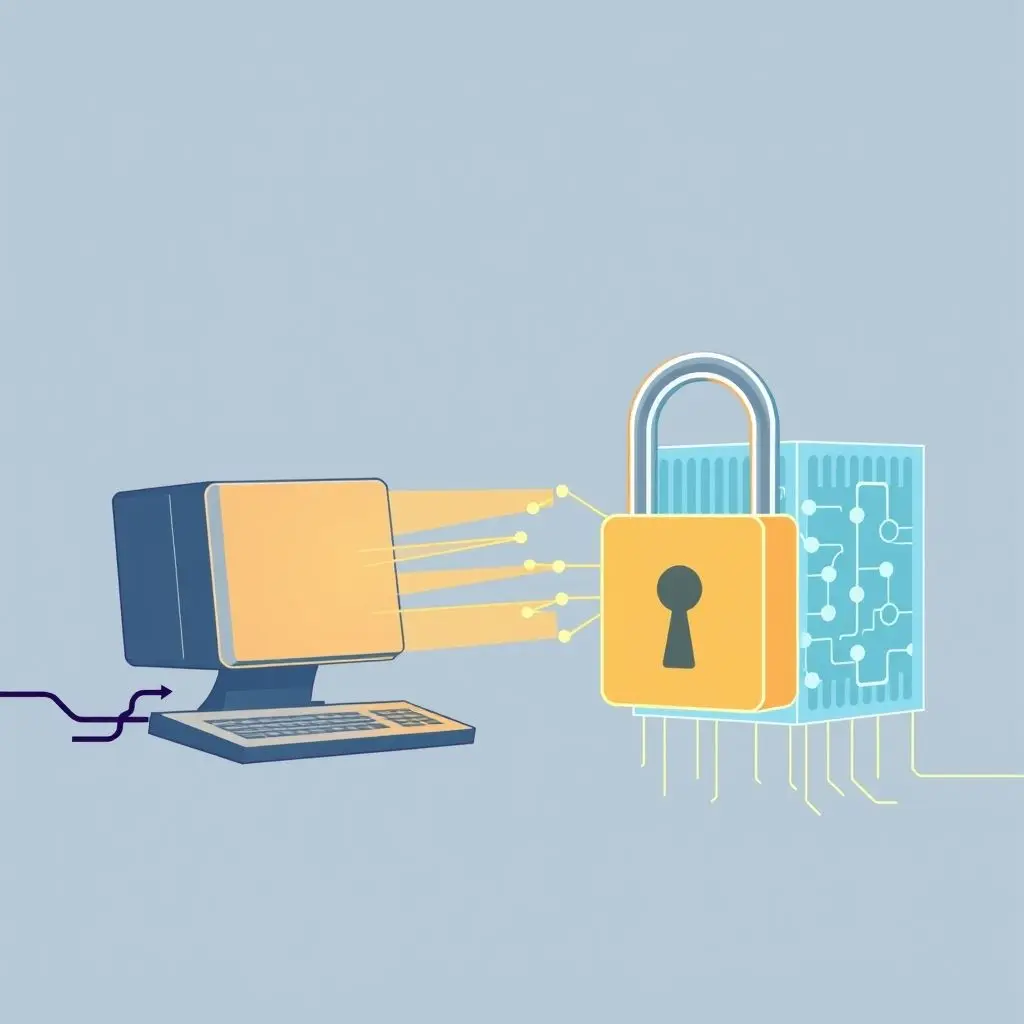
The Quantum Threat: Shor’s and Grover’s Algorithms
Enter quantum computing. These machines operate on the principles of quantum mechanics, using ‘qubits’ that can represent 0, 1, or both simultaneously (superposition), and leveraging phenomena like entanglement and interference. This fundamentally different approach allows them to tackle certain computational problems that are intractable for classical computers.
Two quantum algorithms are particularly relevant to cryptography:
Shor’s Algorithm: Developed by Peter Shor in 1994, this algorithm can solve the integer factorization and discrete logarithm problems exponentially faster than any known classical algorithm. This is the big one. If a large-scale, fault-tolerant quantum computer capable of running Shor’s algorithm is built, it could break most of the public-key cryptography algorithms (RSA, ECC, Diffie-Hellman) that secure our online world today, and do so in a matter of hours or even minutes, not billions of years.
Grover’s Algorithm: Developed by Lov Grover, this algorithm can speed up the search for a specific entry in an unsorted database. While not as devastating as Shor’s, it could potentially speed up attacks on symmetric encryption (like AES) and hash functions (like SHA). However, it provides only a quadratic speedup, meaning a 128-bit AES key would effectively become as secure as a 64-bit key against a quantum attacker. This threat can be mitigated by simply doubling the key length (e.g., moving from AES-128 to AES-256).
The primary, catastrophic threat is from Shor’s algorithm targeting public-key cryptography.
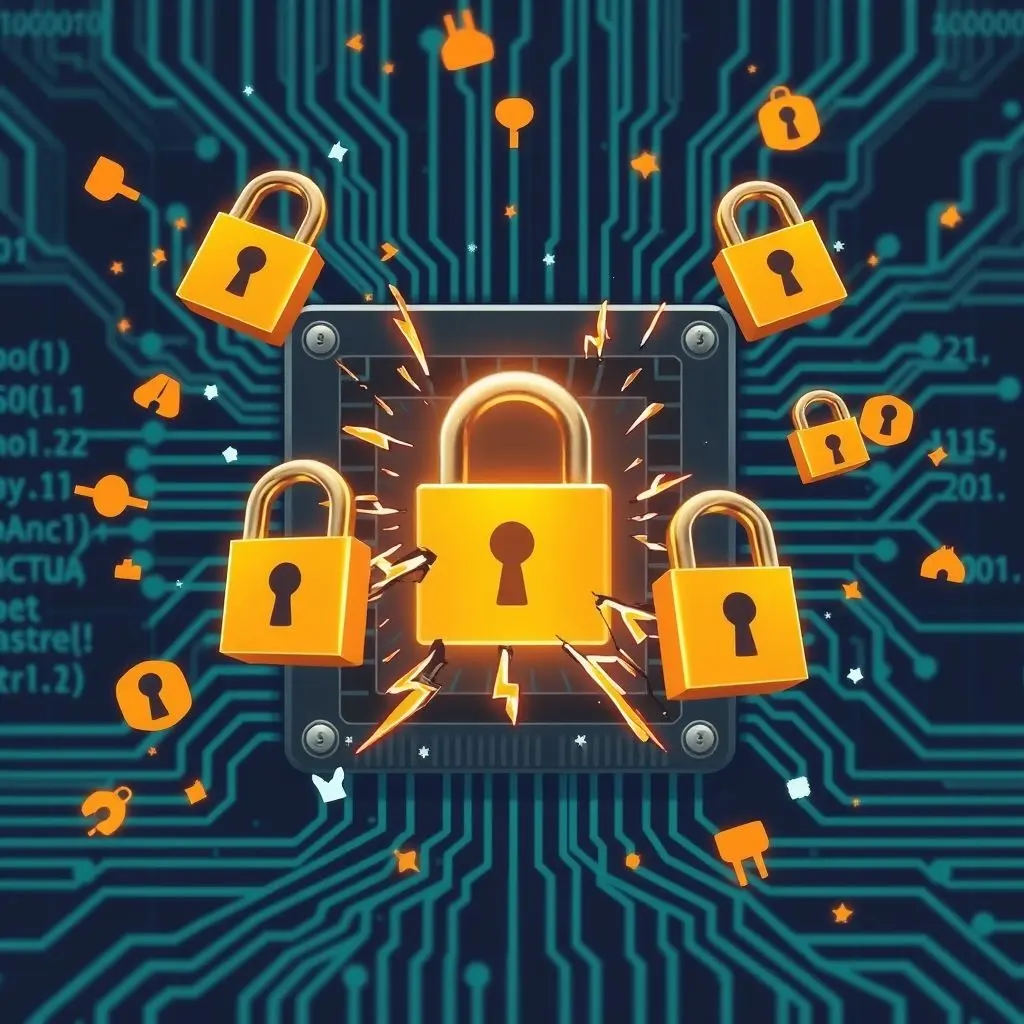
If Encryption Breaks: A Digital Armageddon?
The immediate and widespread impact would be profound:
Communications Compromised: Secure protocols like HTTPS (for websites), VPNs, secure email (PGP, S/MIME), and messaging apps relying on public-key cryptography for key exchange or authentication would be vulnerable. Encrypted communications, past and present (if intercepted and stored), could be decrypted.
Financial Systems Paralyzed: Online banking, credit card transactions, stock market trading, and even most cryptocurrencies (which use ECC for digital signatures) would be at risk. The integrity and confidentiality of financial data could be shattered.
Critical Infrastructure Exposed: Systems controlling power grids, transportation networks, communication systems, and other vital infrastructure often rely on public-key cryptography for secure access and updates. A quantum attack could leave them wide open to malicious actors.
Identity Theft and Privacy Loss: Digital signatures used for authentication (like logging into secure services or signing documents) could be forged. Personal data, health records, and confidential information, currently protected by encryption, would be exposed.
The ‘Harvest Now, Decrypt Later’ Threat: Adversaries are already suspected of intercepting and storing large volumes of encrypted data, knowing that if they can build a powerful quantum computer in the future, they can decrypt it retroactively. This gives the quantum threat an urgent dimension, as data stolen today could become readable years from now.
Loss of Trust: The fundamental trust in digital security that underpins e-commerce, online communication, and digital identity would erode, potentially causing chaos and instability.
While ‘Armageddon’ might sound dramatic, the disruption would be unlike anything we’ve seen in the digital age.
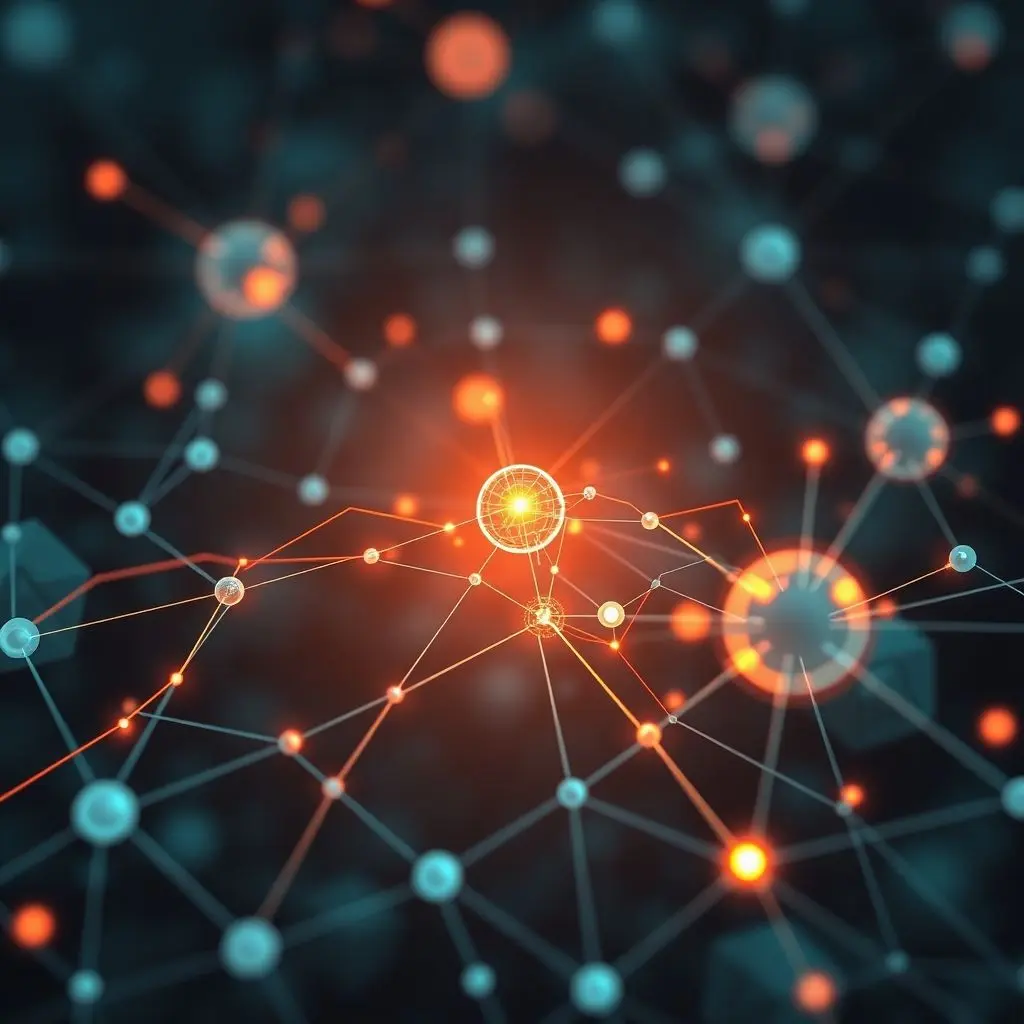
The Race for a Quantum-Resistant Future: Post-Quantum Cryptography (PQC)
Fortunately, the global cybersecurity and research communities are not waiting idly. The race is on to develop and deploy ‘Post-Quantum Cryptography’ (PQC), also known as ‘Quantum-Resistant Cryptography’.
PQC algorithms are new cryptographic methods designed to be secure against both classical and quantum computers. They are based on different mathematical problems than current algorithms – problems believed to be hard even for quantum machines. Examples include:
Lattice-Based Cryptography: Based on the difficulty of finding short vectors in high-dimensional lattices.
Code-Based Cryptography: Based on the difficulty of decoding general linear codes.
Hash-Based Cryptography: Uses cryptographic hash functions. Often used for digital signatures.
Multivariate Polynomial Cryptography: Based on the difficulty of solving systems of multivariate polynomial equations.
Standards bodies, most notably the National Institute of Standards and Technology (NIST) in the U.S., have been running a multi-year process to evaluate and standardize the most promising PQC algorithms. This standardization is crucial for ensuring interoperability and driving adoption across the industry.
Deploying PQC is not a simple flip of a switch. It requires significant effort to identify where cryptography is used within systems, upgrade software and hardware, and manage the transition to new algorithms, keys, and certificates. This transition is expected to take years.
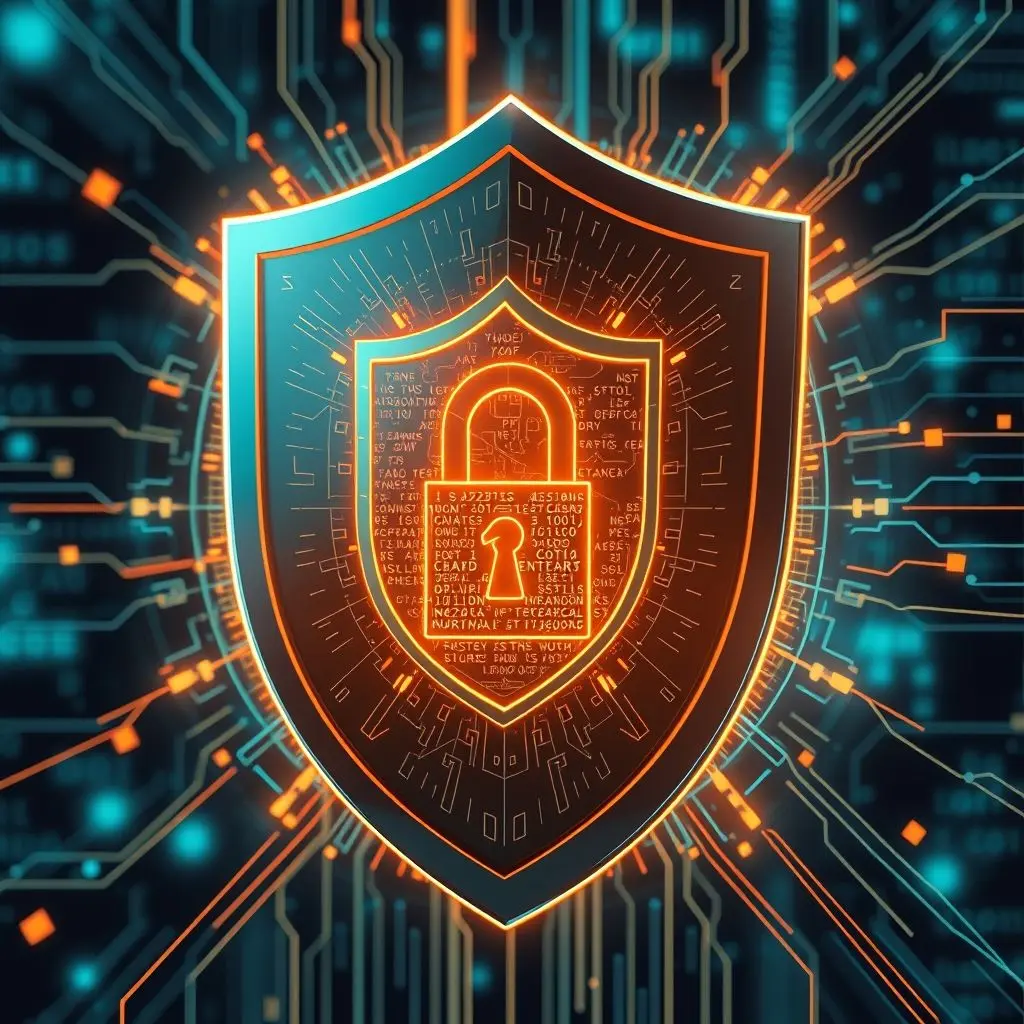
Timeline and Urgency
So, how soon could this quantum reckoning occur? The exact timeline is uncertain. Building a fault-tolerant quantum computer large enough to run Shor’s algorithm effectively is a monumental engineering challenge. Current quantum computers (often called NISQ devices – Noisy, Intermediate-Scale Quantum) are not powerful or stable enough to break significant encryption keys. Estimates vary widely, but many experts believe such a machine could be 5, 10, or perhaps 15+ years away.
However, the ‘harvest now, decrypt later’ threat creates urgency. Data stolen today might be safe for now, but could become readable once quantum computers mature. This means organizations handling sensitive long-lived data need to start planning and implementing PQC solutions sooner rather than later.
Preparing for the Quantum Shift
The transition to post-quantum cryptography is a critical undertaking for governments, businesses, and individuals concerned about long-term security. Key steps include:
Inventorying Cryptography: Understanding where and how cryptography is used within systems and applications.
Monitoring Standards: Keeping track of NIST and other standardization efforts for PQC algorithms.
Piloting and Testing: Experimenting with PQC algorithms in non-production environments.
Developing Crypto-Agility: Building systems that can easily switch between different cryptographic algorithms as standards evolve or threats change.
Implementing Hybrid Approaches: Initially, using both classical and PQC algorithms simultaneously (a ‘hybrid’ approach) to provide security against both classical and potential quantum attacks during the transition.
The goal isn’t just to replace old algorithms with new ones, but to build a more resilient and adaptable cryptographic infrastructure.
Frequently Asked Questions (FAQs)
Q: Is my data safe from quantum computers today?
A: For now, yes. The quantum computers needed to break significant encryption (like RSA-2048) do not yet exist. However, the ‘harvest now, decrypt later’ threat means data intercepted today could be decrypted in the future.
Q: Will all encryption break?
A: Public-key encryption (RSA, ECC) is most vulnerable to Shor’s algorithm. Symmetric encryption (AES) and hash functions (SHA) are less vulnerable to Grover’s algorithm and can be protected by increasing key or output sizes.
Q: What is Post-Quantum Cryptography (PQC)?
A: PQC refers to new cryptographic algorithms designed to be resistant to attacks from both classical and future quantum computers. They are based on mathematical problems different from those used in current public-key cryptography.
Q: How long do we have before quantum computers become a real threat to encryption?
A: Estimates vary, but a fault-tolerant quantum computer capable of breaking significant encryption is likely still many years away (perhaps a decade or more). However, the time needed to transition to PQC is also long, hence the urgency in preparing now.
Q: What should individuals do?
A: As an individual user, there’s not much you can directly do about the underlying cryptographic algorithms used by online services. The responsibility lies with the companies and organizations providing those services to migrate to PQC. Staying informed about the issue is always good practice.
Charting a Course Through the Quantum Era
The potential for quantum computers to break current encryption is a significant challenge, but it’s one the world is actively working to address. The development and deployment of post-quantum cryptography represent a crucial phase in the evolution of digital security. It highlights that the battle for privacy and security in the digital age is ongoing, requiring continuous innovation and adaptation.
Bits secure the world today, and yes, Quantum shifts may pave a new way. Keys now strong could indeed become frail without preparation. Building a quantum-resistant future is not just a technical necessity; it’s essential for maintaining trust and security in our increasingly interconnected world.
If contemplating the future of encryption got your circuits buzzing, give that like button a digital high-five! And hey, consider subscribing before a quantum computer decides to do it for you!


